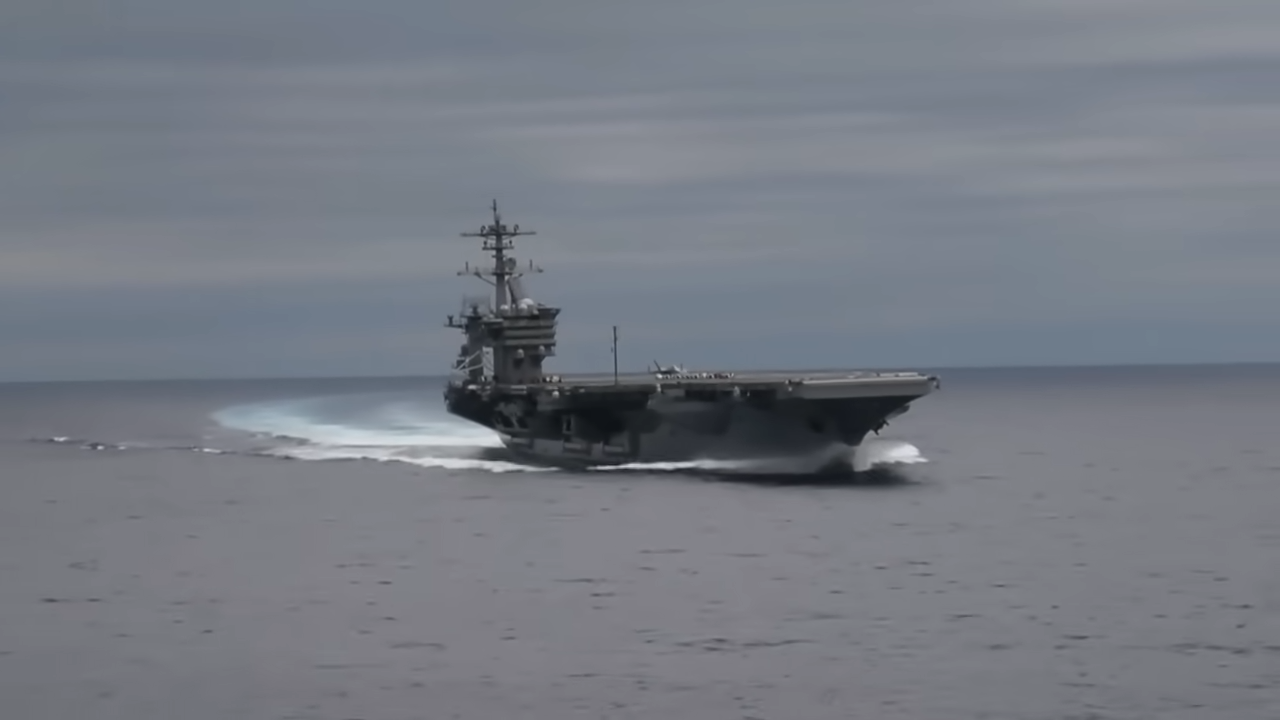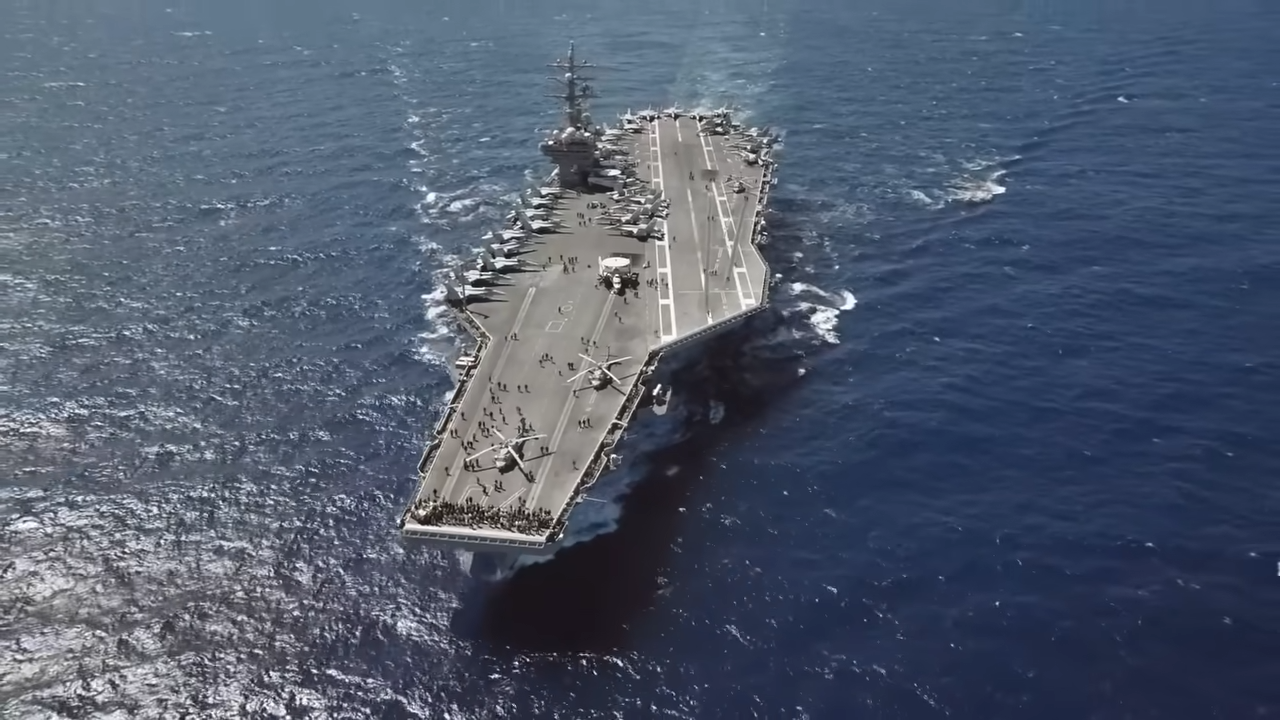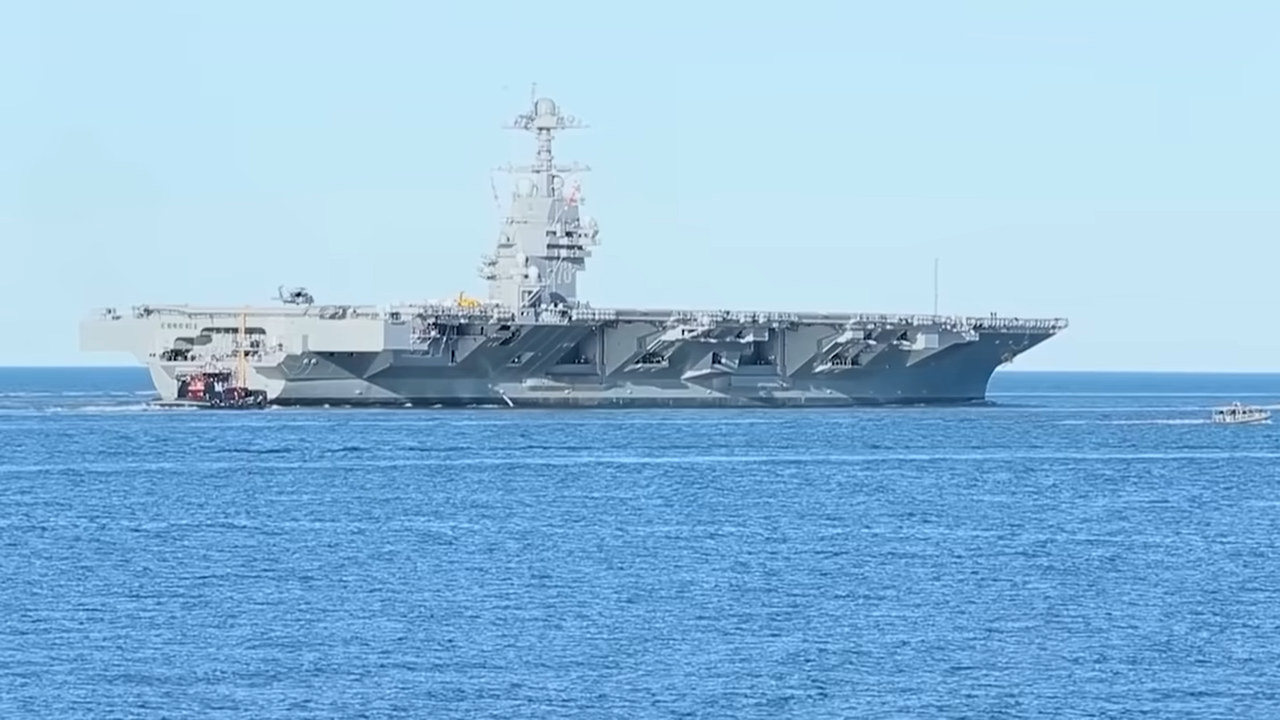In the vast, unpredictable expanse of the world’s oceans, towering waves can be a sailor’s worst nightmare. These “monster waves,” also known as rogue waves, have the power to capsize vessels and wreak havoc on even the most robust ships. However, when it comes to the US Navy’s largest aircraft carriers, these colossal waves pose little threat, thanks to cutting-edge engineering and sheer size.

Aircraft carriers are marvels of naval architecture, designed to endure the most extreme conditions the ocean can muster. Their massive size, with some weighing over 100,000 tons, gives them an inherent stability. The carriers’ design includes a hull that cuts through waves efficiently, reducing the impact of rough seas. Additionally, their weight and low center of gravity make them less prone to capsizing.

But size and weight aren’t the only factors at play. The hulls of these carriers are designed with specific hydrodynamic principles that allow them to ride over waves rather than being engulfed by them. Their flat tops, which serve as runways for aircraft, are also designed to minimize wind resistance and water impact, further ensuring the ship’s stability during turbulent weather.

Furthermore, the technological advancements onboard these vessels are astounding. Gyroscopic stabilizers, for example, work to counteract the roll of the ship, making for a smoother ride even in rough conditions. These systems are crucial for maintaining operational capability, as aircraft operations on deck must continue even when the seas are not calm.
Another key factor is the highly trained crew, who are adept at navigating through difficult weather. The crew can predict and respond to changes in sea conditions, adjusting the ship’s course and speed to minimize the impact of rough seas. Their expertise ensures that the aircraft carrier can withstand even the most challenging maritime environments.

In conclusion, the US Navy’s largest aircraft carriers are engineered to withstand the ferocity of monster waves. With a combination of sheer size, innovative design, and advanced technology, these vessels remain steadfast in even the roughest seas, ensuring that they continue to serve as a pivotal force in naval operations around the globe.





